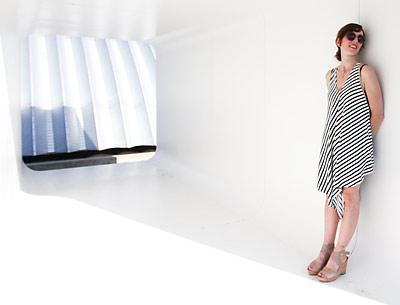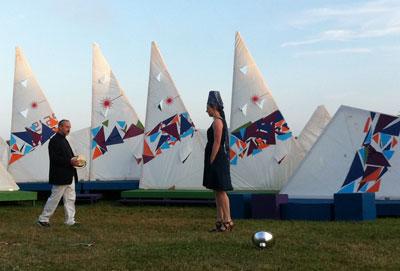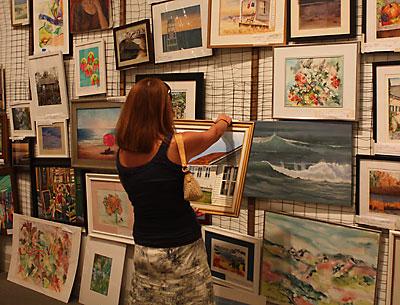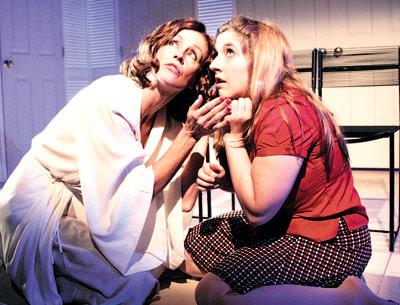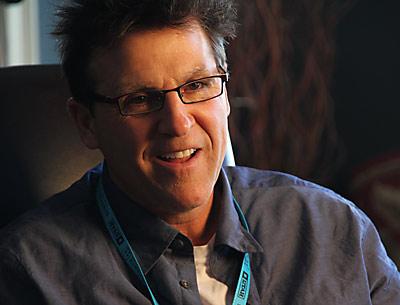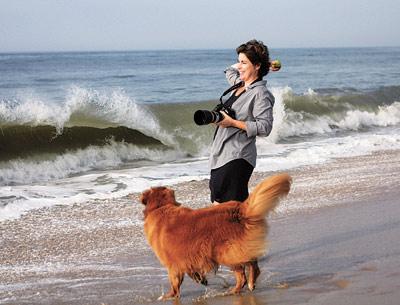A Smaller Escape
A Smaller Escape
A year after Rocco Gardner and his partners brought their ambitious Escape to New York music, art, and lifestyle event to the Shinnecock Reservation in Southampton, they will make a more toned-down escape, this time to Montauk.
Escape to Montauk, dubbed a “unique boutique event,” kicks off tomorrow on the grounds of the Solé East resort on Second House Road, with live music, art exhibits, yoga, kids activities, a speakers’ corner, outdoor theater, and a “fashion village” planned throughout the weekend
Jettykoon, a Montauk band, will start the festivities tomorrow at 6 p.m. followed by D.J. Michaelangelo L’Acqua at 10 p.m. The event continues throughout the day on Saturday, starting at 10 a.m. There will be yoga classes for adults, kids activities including yoga, face painting, and crafts in the morning, and boutique shopping all day until 9 p.m.
D.J.s such as Albert Hammond Jr. of the Strokes, Lauren Dillard of Creep, and D.J. Twilo, a local musician, will start to spin at noon. Waterworks NYC, a synchronized swimming team, will honor the 2012 London Olympics with an afternoon performance, and in the speakers’ corner, there will be short talks and theatrical performances by selected artists. Acoustic music will fill the evening hours.
On Sunday, Solé East’s jazz and bossa nova brunch will feature Ludmilla and Marcello Pimenta, a bossa nova duo, from 11 a.m. to 5 p.m. Attendees will be able to browse the boutiques all day until closing at 5 p.m.
Cocktails, local wine, and food from the Solé East’s Backyard restaurant will be available for purchase throughout the weekend, and can be eaten outside with garden-side tables, poolside cabanas, or around a fire pit.
There is no charge to attend the event, but the number of attendees is limited, and advance registration is required. Requests can be sent by e-mail to [email protected]. Those wishing to guarantee entrance can purchase a V.I.P. wristband for $20, which will offer discounts on some activities, food, and drink, as well as provide priority access. The event will take place rain or shine.

